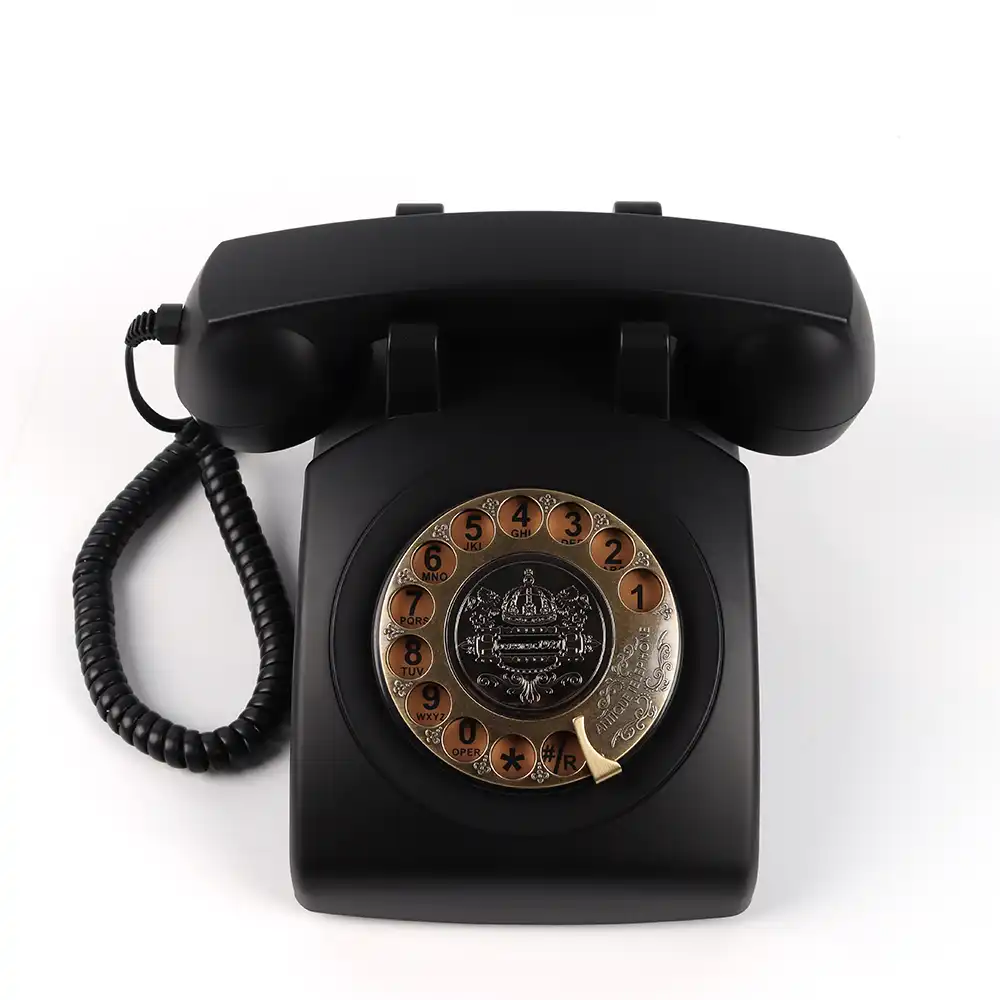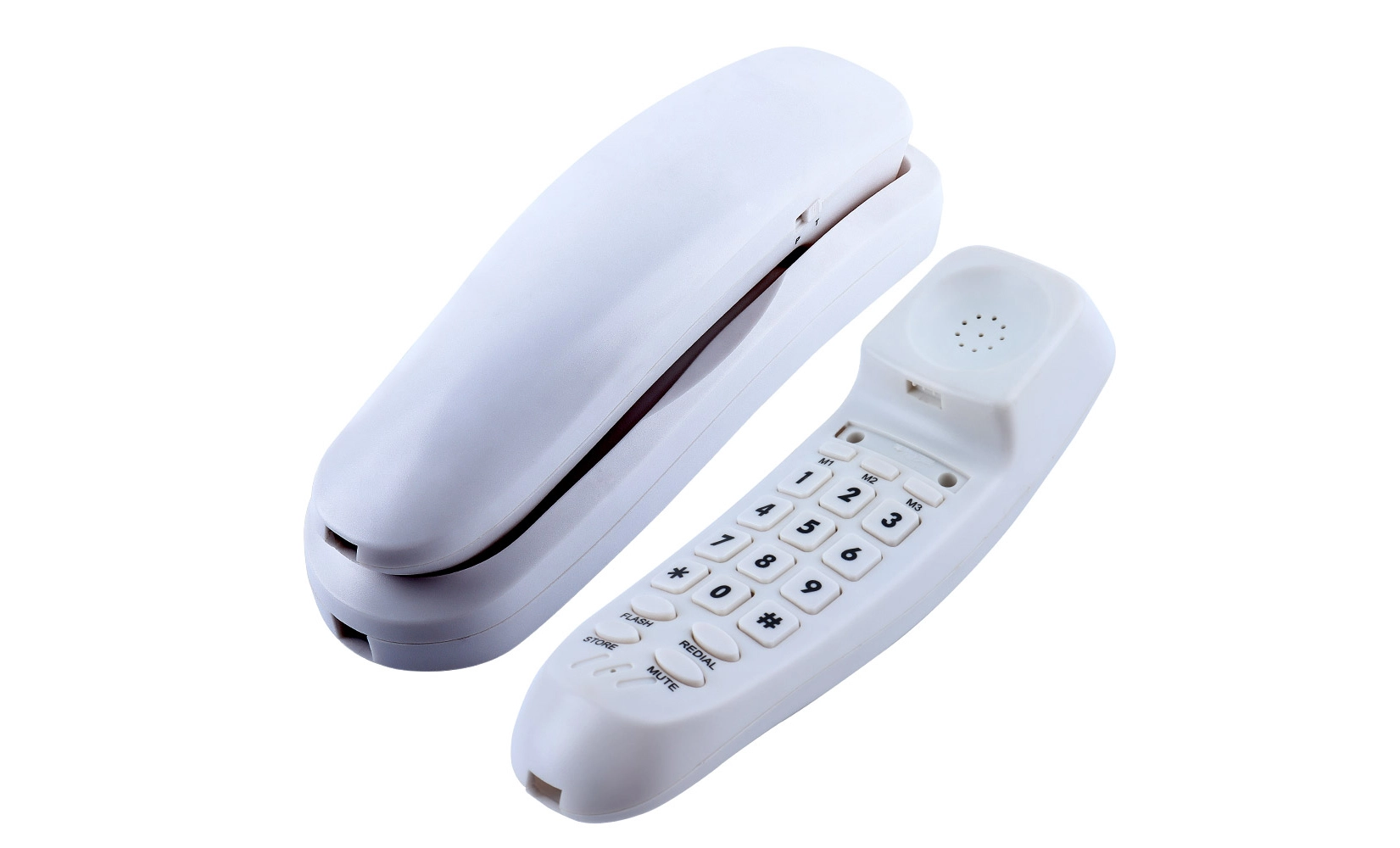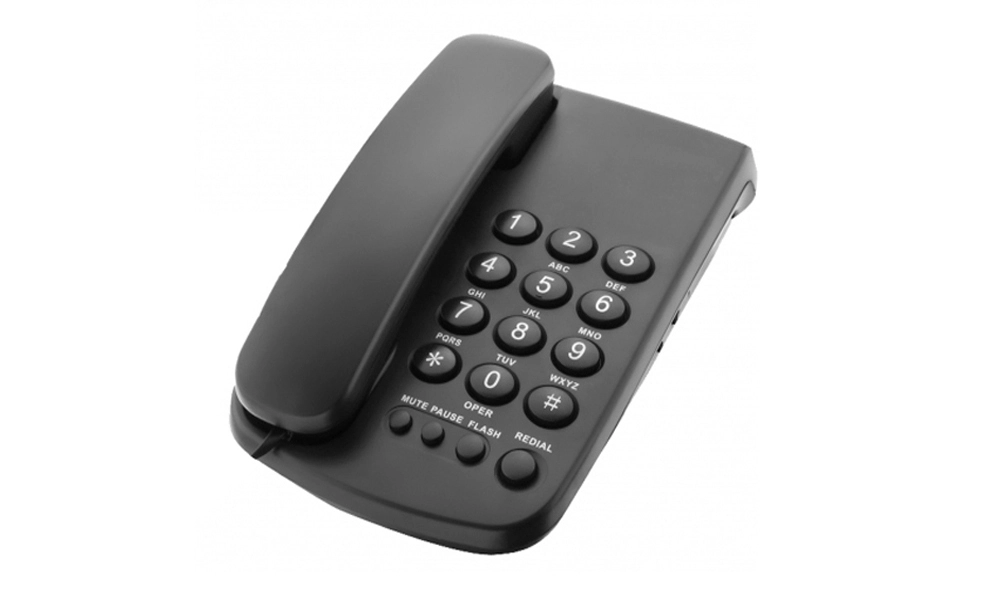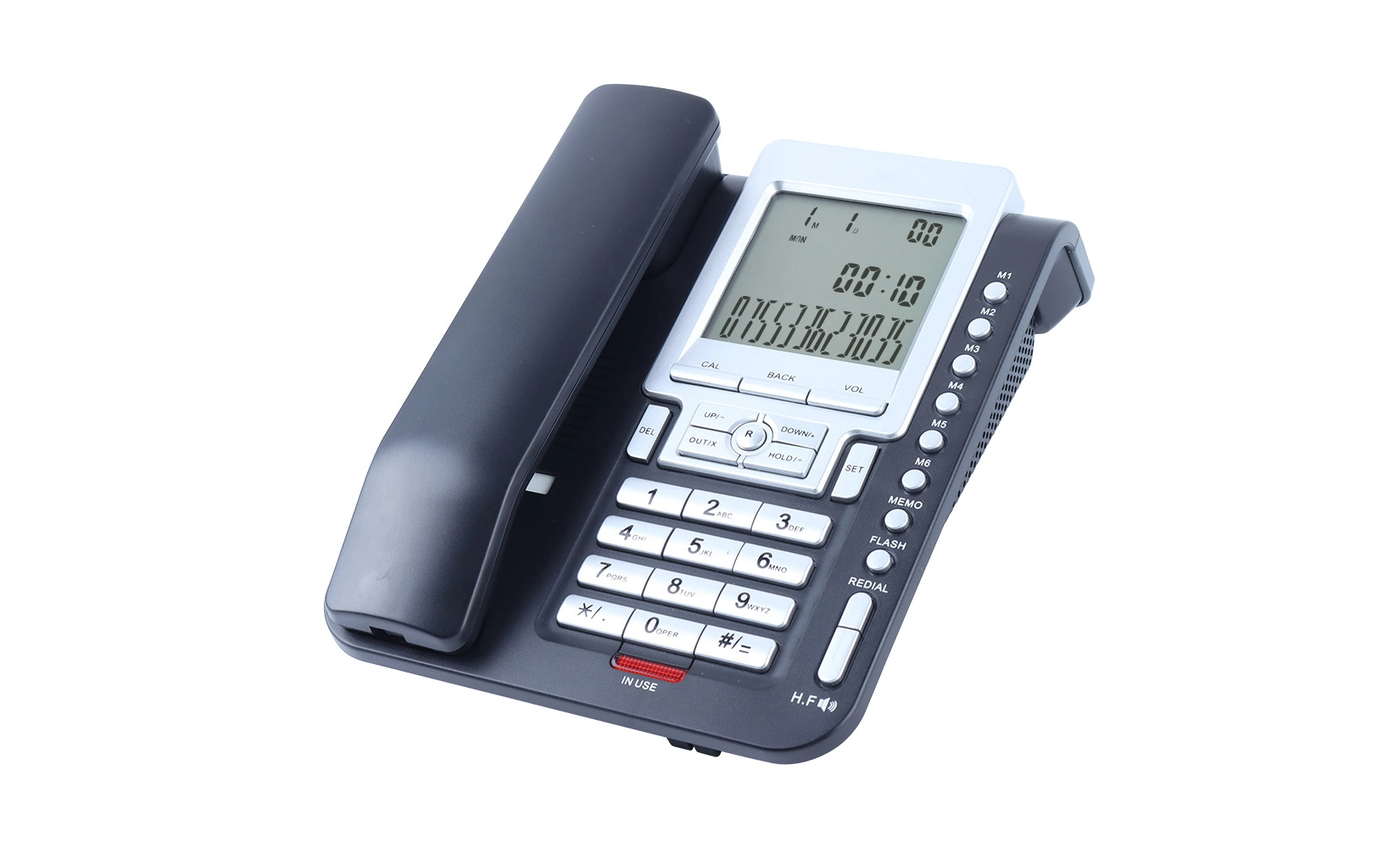The Evolution of Telephone Technology: From Rotary to Digital
The journey from rotary audio telephones to digital phones represents a significant leap in telecommunications technology. Rotary phones, invented in the early 20th century, revolutionized communication by allowing users to dial numbers directly without operator assistance. These devices utilized a pulse dialing system, where each number dialed produced a series of electrical pulses corresponding to the digit's value.
As technology advanced, touch-tone phones emerged in the 1960s, introducing a more efficient dialing method. Instead of pulses, these phones used dual-tone multi-frequency (DTMF) signaling, where each button press generated a unique combination of two tones. This innovation paved the way for modern digital phones, which offer enhanced features and connectivity options.
The transition from rotary to digital phones brought numerous advantages:
- Faster dialing: Touch-tone phones allow for quicker number input compared to the time-consuming rotary dial.
- Additional features: Digital phones support caller ID, call waiting, voicemail, and other advanced functions.
- Improved sound quality: Digital technology provides clearer audio transmission with less interference.
- Integration with modern systems: Digital phones can easily connect to computer networks and internet-based services.
Despite these advancements, rotary audio telephones maintain a dedicated following among collectors and vintage enthusiasts. Their tactile experience and iconic design continue to evoke nostalgia and appreciation for the ingenuity of early telecommunication devices.
The Mechanics Behind Rotary Dialing
The rotary dial mechanism is a marvel of mechanical engineering. When a user rotates the dial, it winds up a spring. As the dial returns to its resting position, it creates a series of electrical pulses by repeatedly opening and closing a switch. The number of pulses corresponds to the digit dialed, with one pulse for the number one, two pulses for two, and so on. The number zero generates ten pulses.
This pulse dialing system, while slower than modern methods, was reliable and served as the foundation for telephone communication for decades. The distinctive sound of a rotary dial in action has become an iconic auditory symbol of a bygone era.
The Enduring Appeal of Rotary Audio Telephones
Despite the prevalence of digital technology, rotary audio telephones continue to captivate people's imagination. Their enduring appeal can be attributed to several factors:
- Aesthetic value: The classic design of rotary phones, often featuring sleek curves and sturdy materials, appeals to those who appreciate vintage aesthetics.
- Tactile experience: The physical act of dialing a number on a rotary phone provides a unique, satisfying sensation that touch-tone phones cannot replicate.
- Nostalgia: For many, rotary phones evoke memories of childhood or a simpler time, making them cherished collectibles.
- Durability: Many rotary phones were built to last, with high-quality components that continue to function decades after manufacture.
- Simplicity: In an age of complex smartphones, the straightforward functionality of rotary phones can be refreshing.
Collectors and enthusiasts often seek out specific models or rare variants of rotary telephones. Some even adapt these classic devices to work with modern phone systems, allowing them to enjoy the best of both worlds.
Preserving Rotary Phone Technology
As the world increasingly shifts towards digital communication, efforts to preserve rotary phone technology have gained momentum. Museums, private collectors, and telephone history enthusiasts play crucial roles in maintaining these devices and educating younger generations about their significance.
Some organizations offer workshops on restoring and repairing rotary phones, ensuring that the knowledge and skills required to maintain these devices are not lost. Additionally, there are ongoing projects to document the history of rotary telephones and their impact on society, preserving this important chapter in telecommunication history for future generations.
The Future of Telephone Technology: Beyond Digital
While rotary audio telephones represent the past and digital phones dominate the present, the future of telephone technology continues to evolve. Voice over Internet Protocol (VoIP) systems have already blurred the lines between traditional telephony and internet-based communication. As we look ahead, several emerging technologies are poised to shape the future of voice communication:
- 5G networks: Ultra-fast, low-latency 5G connectivity will enable new possibilities in mobile communication, including enhanced video calls and augmented reality interactions.
- Artificial Intelligence: AI-powered virtual assistants may become more integrated into phone systems, offering advanced call screening, voice recognition, and natural language processing capabilities.
- Holographic communication: While still in its infancy, holographic technology could potentially revolutionize long-distance communication, allowing for more immersive video calls.
- Wearable devices: As smartwatches and other wearable technologies advance, they may increasingly take on the role of traditional phones, offering seamless communication integrated into our daily lives.
Despite these advancements, the fundamental purpose of telephones remains unchanged: connecting people across distances. The rotary audio telephone, with its simple yet effective design, serves as a reminder of how far we've come and continues to inspire innovation in the field of telecommunications.
 The Role of Analog Technology in a Digital World
The Role of Analog Technology in a Digital World
As we embrace digital technology, it's important to recognize the ongoing relevance of analog systems. In certain scenarios, such as emergency communications during power outages, analog phones can prove more reliable than their digital counterparts. This resilience has led some organizations to maintain analog systems as backups, ensuring continuity of communication in critical situations.
Moreover, the principles behind analog technology continue to inform modern innovations. Understanding the fundamentals of how rotary phones work can provide valuable insights for engineers and designers working on next-generation communication devices.
Conclusion
The rotary audio telephone, a testament to human ingenuity, has left an indelible mark on the history of communication. While digital phones have largely supplanted these classic devices in everyday use, the rotary phone's impact on telecommunication technology and popular culture remains significant. As we continue to advance into an era of increasingly sophisticated digital communication, the simplicity and reliability of rotary phones serve as a reminder of the enduring principles that underpin all forms of human connection.
FAQ
Can rotary phones still be used today?
Yes, rotary phones can still be used in some areas with analog landlines. However, they may require adapters to work with modern digital phone systems.
Are rotary phones more durable than modern phones?
Generally, yes. Rotary phones were built with sturdy materials and simple mechanisms, often lasting for decades.
Can I convert a rotary phone to work with digital systems?
Yes, there are adapters available that allow rotary phones to work with digital phone lines and even VoIP systems.
Experience the Evolution of Telephone Technology | CHEETA
At Shenzhen Cheeta Technology Co., Ltd., we bridge the gap between classic and modern communication devices. With 18+ years of expertise in OEM/ODM services, our factory produces a wide range of analog and digital telephones. We understand the enduring appeal of rotary-style devices while embracing cutting-edge technology. Our team of 10 senior engineers continually innovates to meet global demand for both nostalgic and advanced communication solutions. Experience our commitment to quality and customization by contacting us at allen@cheeta.com.cn.

References
1. Smith, J. (2020). "The History of Rotary Telephones: From Pulse to Tone." Telecommunications Journal, 45(2), 78-92.
2. Brown, A. (2019). "Digital vs. Analog: The Evolution of Telephone Technology." IEEE Communications Magazine, 57(6), 112-118.
3. Lee, S., & Park, H. (2021). "Nostalgia in Technology: The Resurgence of Rotary Phone Aesthetics." Journal of Consumer Culture, 21(3), 345-360.
4. Garcia, M. (2018). "Preserving Analog Phone Systems in a Digital Age." Telecommunications Heritage Quarterly, 12(4), 201-215.
5. Wilson, R. (2022). "The Future of Voice Communication: Beyond Digital Phones." Tech Horizons, 8(1), 15-29.
 A
A 




